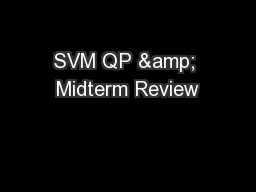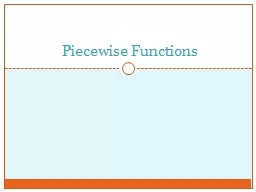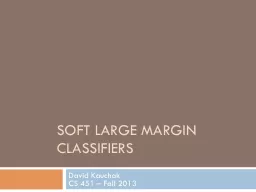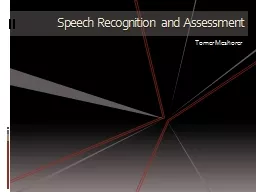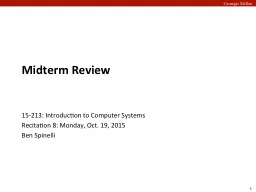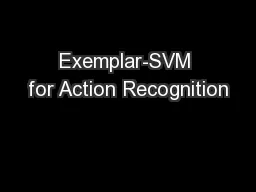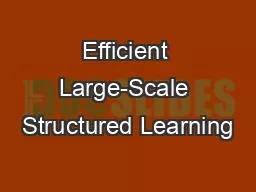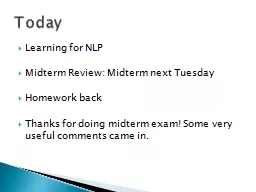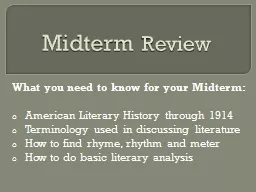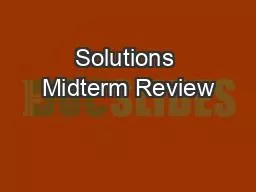PPT-SVM QP & Midterm Review
Author : tawny-fly | Published Date : 2016-05-10
Rob Hall 10142010 1 This Recitation Review of Lagrange multipliers basic undergrad calculus Getting to the dual for a QP Constrained norm minimization for SVM Midterm
Presentation Embed Code
Download Presentation
Download Presentation The PPT/PDF document "SVM QP & Midterm Review" is the property of its rightful owner. Permission is granted to download and print the materials on this website for personal, non-commercial use only, and to display it on your personal computer provided you do not modify the materials and that you retain all copyright notices contained in the materials. By downloading content from our website, you accept the terms of this agreement.
SVM QP & Midterm Review: Transcript
Download Rules Of Document
"SVM QP & Midterm Review"The content belongs to its owner. You may download and print it for personal use, without modification, and keep all copyright notices. By downloading, you agree to these terms.
Related Documents

